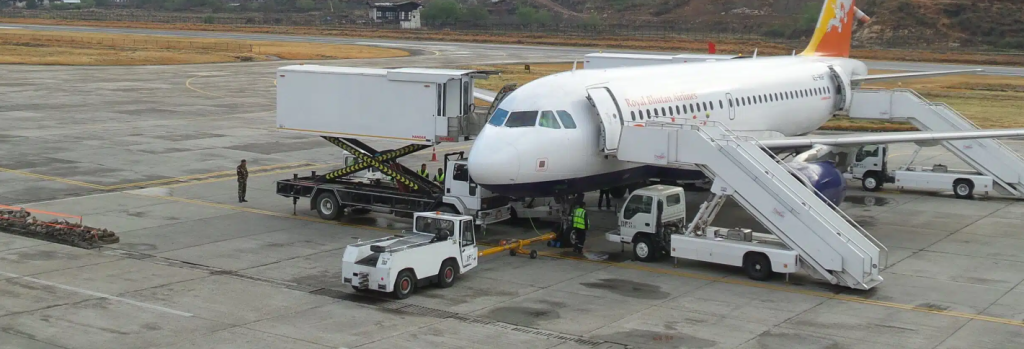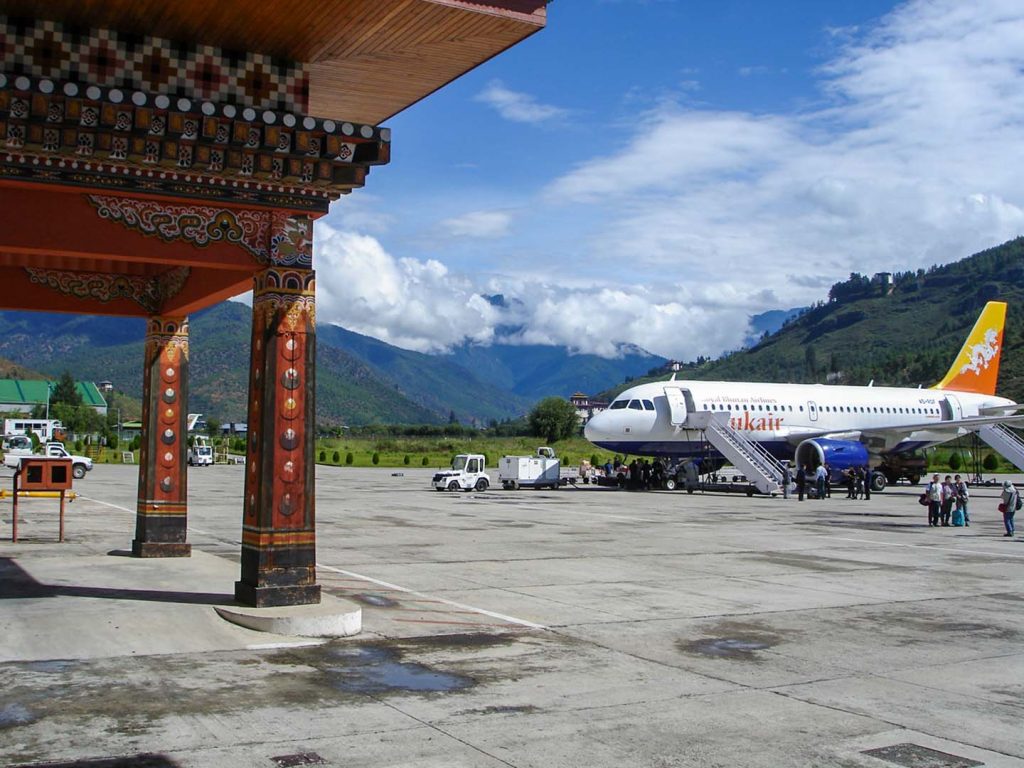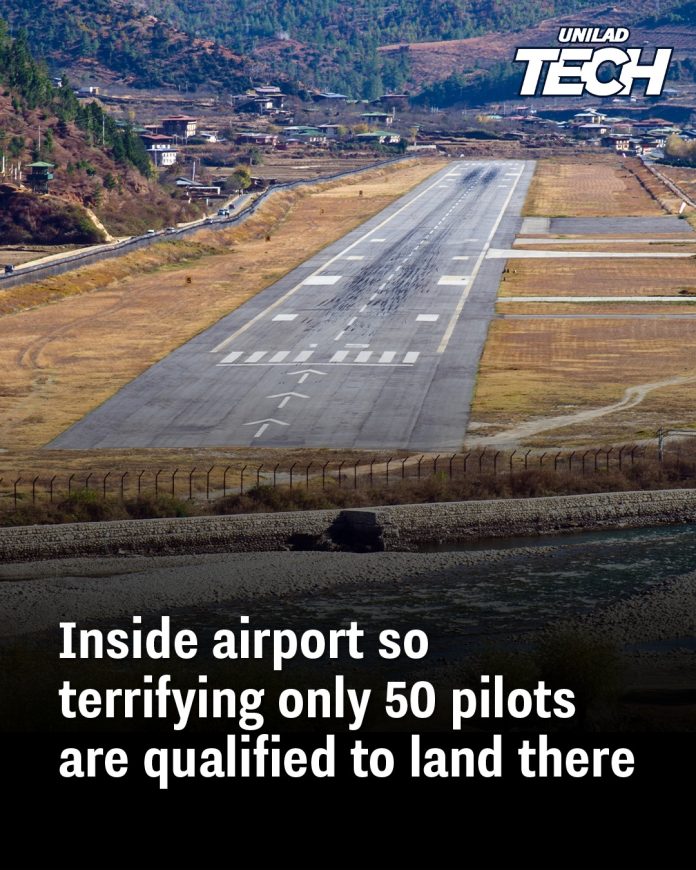Paro International Airport, nestled in the remote Himalayan kingdom of Bhutan, is renowned as one of the most challenging airports in the world. Its unique location, surrounded by towering peaks and deep valleys, presents a formidable challenge to even the most experienced pilots. Due to these extreme conditions, fewer than 50 pilots globally are certified to land at this airport, making it an exclusive and elite group.
Geographic and Structural Challenges
Situated approximately 6 kilometers from the town of Paro, the airport lies in a deep valley on the banks of the Paro Chhu River. The surrounding peaks soar as high as 5,500 meters (18,000 feet), creating a narrow corridor for aircraft to navigate during approach and departure. At an elevation of 7,330 feet above sea level, the airport’s single runway measures only 2,265 meters in length, further complicating landing procedures.

The approach to Paro requires pilots to maneuver through a series of sharp turns and steep descents, often with little room for error. Unlike many modern airports, Paro lacks radar guidance systems, compelling pilots to rely entirely on visual cues and manual flying. This reliance on visual meteorological conditions restricts operations to daylight hours and clear weather, adding another layer of complexity to flight planning.
Specialized Pilot Training
Given these challenges, only a select group of pilots are authorized to operate flights into and out of Paro. These pilots undergo rigorous training programs that emphasize area competence and local knowledge. Captain Chimi Dorji of Drukair, Bhutan’s national airline, explains that pilots must develop a deep understanding of the local terrain and weather patterns to safely navigate the approach.
The training includes multiple supervised landings, simulations of various weather conditions, and comprehensive assessments of a pilot’s ability to handle the unique demands of Paro’s environment. This meticulous preparation ensures that only those with exceptional skill and composure are entrusted with flights to this airport.
Weather and Environmental Factors
Paro’s location in the Himalayas subjects it to rapidly changing weather conditions. Pilots often contend with sudden gusts of wind, turbulence, and reduced visibility due to fog or precipitation. During the monsoon season, heavy rains and hailstorms are common, further complicating flight operations.
The thin air at high altitudes affects aircraft performance, requiring adjustments in speed and handling. Pilots must account for these factors during takeoff and landing to maintain control and ensure passenger safety. Additionally, the airport’s proximity to residential areas necessitates precise navigation to avoid overflying populated zones.
Operational Limitations
Paro International Airport is served by only two commercial airlines: Drukair and Bhutan Airlines. These carriers operate a limited number of flights, primarily connecting Bhutan to neighboring countries. The restricted number of certified pilots and the airport’s operational constraints contribute to the limited flight schedule .
Flights are scheduled exclusively during daylight hours, with operations typically avoiding the afternoon due to increased thermal activity and unpredictable winds. This cautious approach minimizes risks and ensures that flights are conducted under the safest possible conditions.

Global Recognition and Prestige
The challenges associated with landing at Paro have garnered international attention, making it a subject of fascination among aviation enthusiasts. Successfully navigating the approach is considered a significant achievement, symbolizing a pilot’s exceptional skill and dedication. The airport’s reputation has been featured in various media outlets, highlighting its status as one of the most demanding landing sites worldwide.
Despite the inherent difficulties, Paro International Airport remains a vital gateway to Bhutan, facilitating tourism and international connections. The meticulous standards and specialized training required to operate here underscore the aviation industry’s commitment to safety and excellence in even the most challenging environments.
In conclusion, Paro International Airport exemplifies the intersection of natural beauty and aviation complexity. Its unique challenges serve as a testament to human ingenuity and the relentless pursuit of mastery in the field of aviation.

















